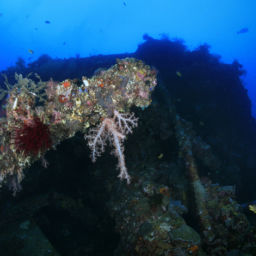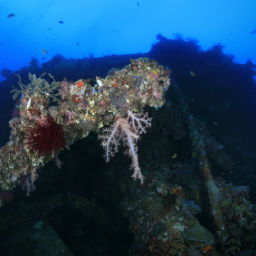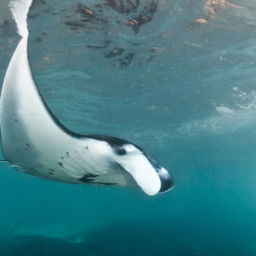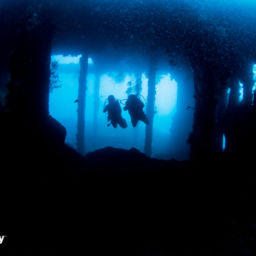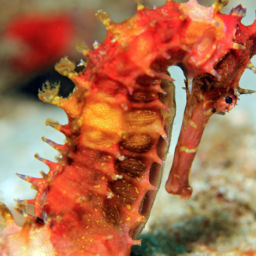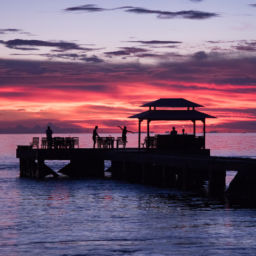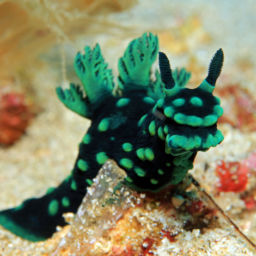East of Java and west of Lombok lies the fascinating Indonesian island of Bali. With blissful mountain temples, black-sand beaches, and bustling village markets, picturesque Bali has something for everyone. But the beauty of Bali doesn’t end at the shoreline—the scuba diving in Bali is top notch as well.
Part of the world-famous Coral Triangle, an area of outstanding marine biodiversity, the “Island of the Gods” will enchant scuba divers of all levels. With hundreds of fabulous dive sites to choose from, it can be tricky to know where to begin. Let’s take a look at a few of Bali’s top subaquatic gems.
Crystal Bay, Nusa Penida
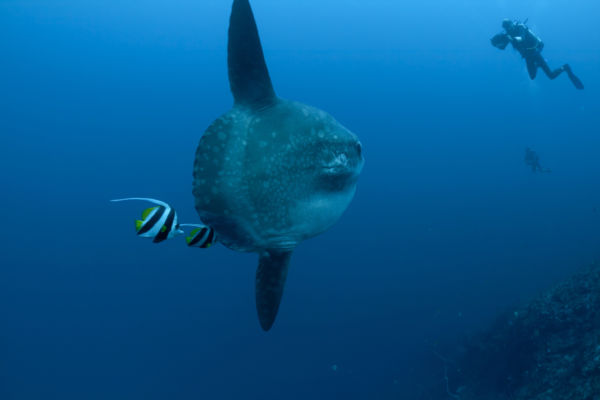
Southeast of Bali and across the Badung Strait is the idyllic island of Nusa Penida. Scuba divers flock here between July and October for a chance to meet one of the ocean’s strangest creatures: the mola mola.
Averaging six feet (1.8 m) in length and weighing in at around 2,200 pounds (1,000 kg), the Indonesian giant sunfish is quite a character.
The best place to encounter this shy, gentle giant is Crystal Bay, a sunfish cleaning station located in the Ceningan Channel on the northwest coast of Nusa Penida. After a live drop by boat, divers descend to the observation station at around 100 feet (30 m).
The depth combined with the strong, unpredictable currents in the narrow channel make Crystal Bay a thrilling dive recommended for experienced divers only. It’s worth noting that temperatures in the channel can drop to as low as 64 F (18 C) so a thicker wetsuit is advisable.
Eel Garden, Menjangan Island
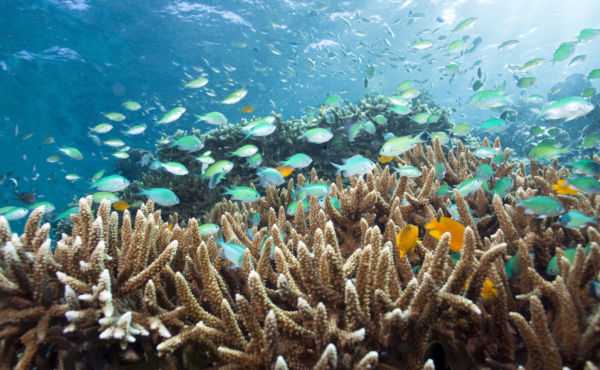
Although less than five miles (8 km) northeast of Bali, the remote island of Menjangan feels a world away. As a part of the Bali Barat National Park since 1941, protected Menjangan offers divers a natural retreat from the heady feel of the mainland. Those who venture off the beaten track will be rewarded by one of the top-ranked dives in the region.
Eel Garden is an exquisite and varied site located on the island’s western edge. Divers descend from the boat onto a coral-encrusted sheer wall that starts at 60 feet (18 m) and drops away to more than 160 feet (50 m). Filter feeders such as gorgonian fans and massive whip corals stretch outward in the nutrient-rich water as divers drift past in the gentle current.
Take a closer look at the gorgonians and you might spot tiny pygmy seahorses with their tails wrapped around the coral. Keep looking out to the blue for a chance to see reef sharks and dogtooth tuna cruising past.
The sheer wall then slopes into a sandy, shallower plateau that is home to a mesmerizing expanse of masked garden eels. If you’re looking for an example of a vibrant, varied and healthy coral ecosystem, don’t miss Eel Garden.
Manta Point, Nusa Penida
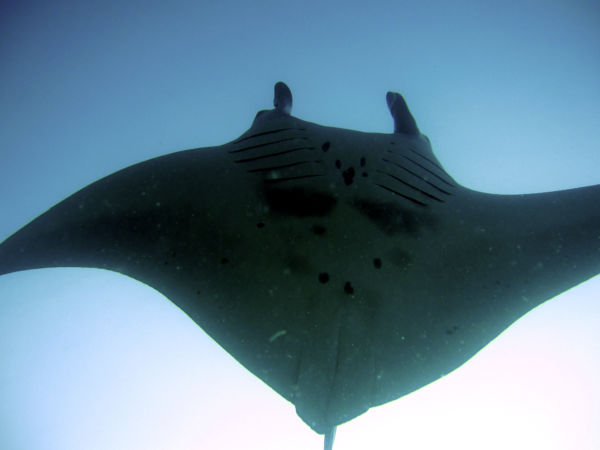
On Nusa Penida’s southeast corner, Manta Point is a must-see destination for any scuba diver in Bali. Accessible by boat, this area is home to a resident population of majestic reef manta rays.
With pectoral fin spans of up to 18 feet (5.5 m), this graceful giant frequents the many cleaning stations in the area where small cleaner fish are on stand-by to remove pesky parasites.
As reef mantas are non-migratory it’s possible to see all kinds of fascinating behavior here, including mating trains, where multiple males compete for the attention of a single female, and the incredible acrobatics of plankton feeding.
Average depths at Manta Point are between 30 to 40 feet (10 to 12 m). Although this is a shallow, generally easy dive, there can be current in the area so get a proper orientation from your divemaster.
Seraya Secrets, Tulamben
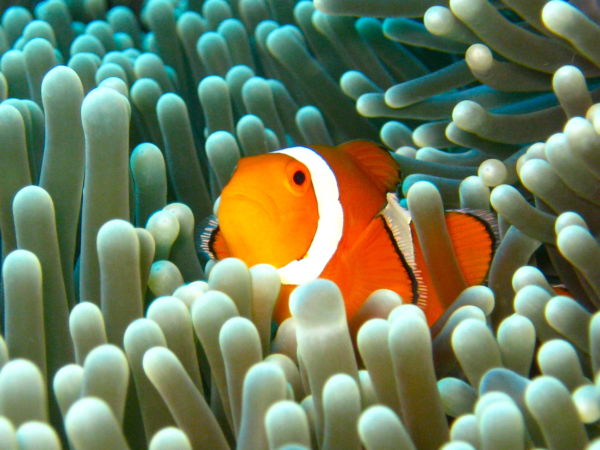
If you want to experience the incredible biodiversity in Bali’s waters, we’ll let you in on a little secret: look in the muck. Specifically, the sprawling seabed of black volcanic sand better known as Seraya Secrets.
Located just off the beach near Tulamben, with an average depth of 33 feet (10 m), Seraya Secrets is home to the weird and wonderful. At first glance, the expanse of rubble, rock and coral fragments may appear to be a barren wasteland. But this couldn’t be farther from the truth. Divers in the know will tell you that this shallow muck site is a nutrient-rich treasure trove.
Ghost pipefish, harlequin shrimp, mimic octopus, pygmy seahorses, nudibranch, frogfish and more — the lengthy list of strange and marvelous marine species here will have you squealing into your reg.
To help you enjoy this dive to the max, we offer the following tips. First, be top of your buoyancy and fin control so you don’t disturb the silty bottom. Be patient and take your time during the dive. The slower you go, the more you’ll see and the longer your gas will last. Consider hiring an eagle-eyed Balinese divemaster to help you critter hunt.
USAT Liberty wreck, Tulamben
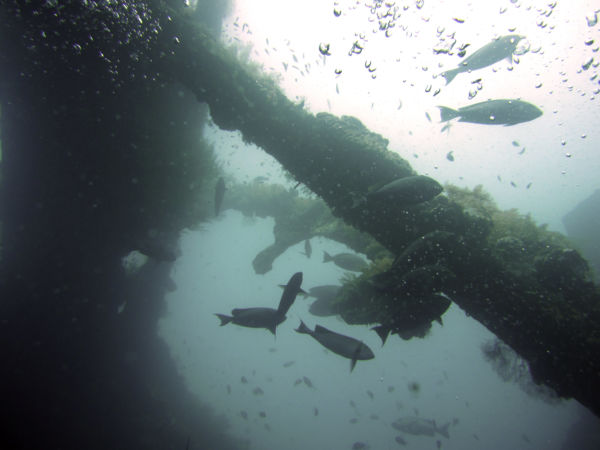
In January 1942, WWII United States Army Transport vessel Liberty was en route from Australia to the Philippines carrying rubber, railway parts, and explosives when it was torpedoed by the Japanese in the Lombok Strait.
After a failed attempt to salvage its cargo, the 412-foot (125 m) Liberty was beached in Tulamben, on Bali’s east coast. When Mount Agung erupted in 1963, powerful lava flow pushed the wreck offshore.
In the decades since, the Liberty has been conquered by spectacular colonies of stunning corals and become home to an incredible variety of marine life. Resting on a bed of volcanic black sand in just 65 feet (20 m) of water and 130 feet (40 m) from the shore, Liberty is now one of the world’s top wreck dives and among the most accessible.
Schools of bumphead parrotfish, barracuda and trevally greet divers, and the wreck itself is teeming with life. Colorful nudibranchs, tiny pygmy seahorses, camouflaged scorpionfish and territorial gobies are permanent residents.
Wide-angle and macro photographers alike will be in underwater heaven. The Liberty also makes for an unforgettable night dive.
How to Get the Most Out of Diving Bali
One of the best things about diving in Bali is its variety. From convivial hostels to glamorous five-star resorts, there are options for all divers and budgets. To get the most out of scuba diving in Bali, it’s important to consider your location. Travel time between islands and within Bali requires patience.
Avoid staying in Denpasar, Kuta, or Sanur; there’s no diving nearby and commuting to the coast will eat into precious dive time. Consider a resort on the coast near your chosen dive sites to reduce your travel time.
There are hundreds of dive operators in Bali. Research and make sure you select a reputable dive center with small group sizes that puts your safety and enjoyment first.
If time is of the essence, consider a liveaboard to help you get the most bang for your buck. Eat, sleep, dive, rinse, repeat.
Underwater conditions in Bali can vary, even on a single dive. It’s best if you’re certified as an advanced open water diver before your trip so you can access the deeper dives. Experience with boat drift diving and currents is also helpful.
The Best Time to Dive Bali
Thanks to its location on the equator, Bali enjoys a warm, tropical climate with lows of 68 F (20 C) in January to highs of 93 F (33 C) in October. The wet monsoon season runs from January to March. This period naturally coincides with the low tourist season, where resorts and beaches are quieter and accommodation is often more affordable.
Diving is not ideal during the wet season as the rain has a negative effect on visibility. Savvy macro and muck divers might, however, find this to their liking. The dry, sunny season runs from April to October. The dry season, although busier, provides more favorable conditions for scuba diving and as is generally considered the best season to dive in Bali.



